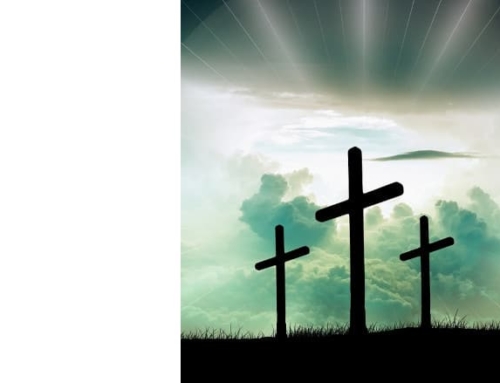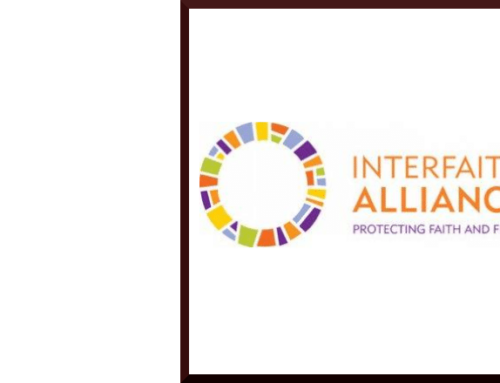Catholic League president Bill Donohue comments on a story by the Associated Press on the Catholic Church:
The Associated Press (AP) says it conducted an “investigation” of the way Catholic dioceses determine whether an accusation of sexual abuse by a priest is credible or not. It says it probed the diocesan review boards and consulted grand jury and state attorney general reports. On this basis it concluded that the review boards have failed.
It would be more accurate to say that AP has failed. It provided no data, just anecdotes. Where is the summary data combed from the diocesan review boards? Moreover, every anecdote that AP offers is critical of the Church. Did the reporters find no instances where the system worked well? How many were there? What criteria did they use to collect their information? Or did they simply report the most negative comments they could find?
Everyone has an opinion of his dentist. Some have good experiences and others do not. If we wanted to know how patients feel about their dentists we would want to interview a sample of them. Then we would offer a tally, broken down by how favorable their treatment was. That would be a real investigation.
This is not what AP did. It did not sample those who have gone before a diocesan review board to see how they rated their treatment. Which explains the lack of summary data.
When AP did an investigation of sexual abuse in the public schools in 2007, it published the evidence culled from its effort, and then peppered its probe with anecdotes. That is the way it is supposed to be done. But that is not what AP did in this report on the diocesan review boards. It did nothing but offer anecdotes, all of them negative.
If an investigation of dentists reported only the unfavorable accounts, would anyone conclude it was fair? That is why this AP investigation is farcical. There are many other holes in this report.
The report is critical of having defense attorneys who represent the Church on review boards. It suggests this could be a conflict of interest. It also objects to the boards operating in “secret,” and that they go by different names. Furthermore, it quotes those who were ill-treated by the board. Objections are also raised about having higher standards of proof for deceased priests accused of abuse.
If there is a single thread that is evident in all of these criticisms it is the assumption that the accusers are always right and that the Church should just accept what they say. Nowhere in this report of 4630 words is there even a hint that accused priests have rights. They are assumed to have none.
Sexual abuse does not take place in public, making determinations of guilt or innocence difficult. They are even more difficult when the alleged offense took place decades ago. They are next to impossible to resolve when the accused is dead. This never seems to cross the minds of the reporters.
Of course, the Church employs defense attorneys: the charges against the accused are serious and the accused has state and constitutional rights that must be observed. It is curious that neither AP, nor anyone else, ever raises conflict of interest issues with lawyers who make millions suing the Church, and who offer huge donations to professional victims’ groups, who in turn provide the attorneys with new clients.
Does AP know of any institution in the nation, religious or secular, that conducts investigations of accused employees in public? Are they not always done behind closed doors? Why, then, the jab at the Church for operating in “secret”? We don’t need any more stereotypes feeding the worst instincts of the Church’s enemies. And, yes, dioceses vary in the way they name their review boards. Only those with an animus against the Church would ascribe malicious motive to this unremarkable practice.
AP’s most extensive anecdote cites a middle-age man who was allegedly mistreated by the Church. But was he?
The review board in St. Petersburg, Florida ruled against him, saying it could not substantiate his story of being abused by a priest. He’s angry. So? Does he have a right to be? He complains that when he was questioned by the review board, the chairwoman interrupted him when he repeated himself. So what?
When he was asked to recall some specifics regarding the place of the alleged abuse and whether anyone else was there, he started to cry. So? Is this supposed to be proof that he is telling the truth? Why couldn’t it be read as an admission that his tale was coming apart? We don’t know. What we do know is that the accused can’t defend himself—he’s dead.
The AP report just assumes this alleged victim is telling the truth, providing zero evidence that the review board unjustly rejected his case.
If some review boards raise the bar on cases where the accused is deceased, asserting a higher level of proof, why is that unfair? Would it be fair to the priest’s siblings, or his nephews and nieces, that their brother or uncle—who cannot defend himself—was found guilty without clearing a high bar?
Finally, offering as proof testimony taken from grand jury reports is absurd. Grand juries hear one side of the story—the side of the accuser—and none of them is subjected to cross examination. Therefore, what is typically reported are truths, half-truths, and lies. It would be like releasing only the testimony of the accused who claims he is innocent without ever disclosing the accuser’s account. Everyone would see that as a game. It is also a game to focus on grand jury and state AG reports.
AP is capable of doing excellent work. This is not an example of it.
Contact Brian Carovillano, AP managing editor: bcarovillano@ap.org







